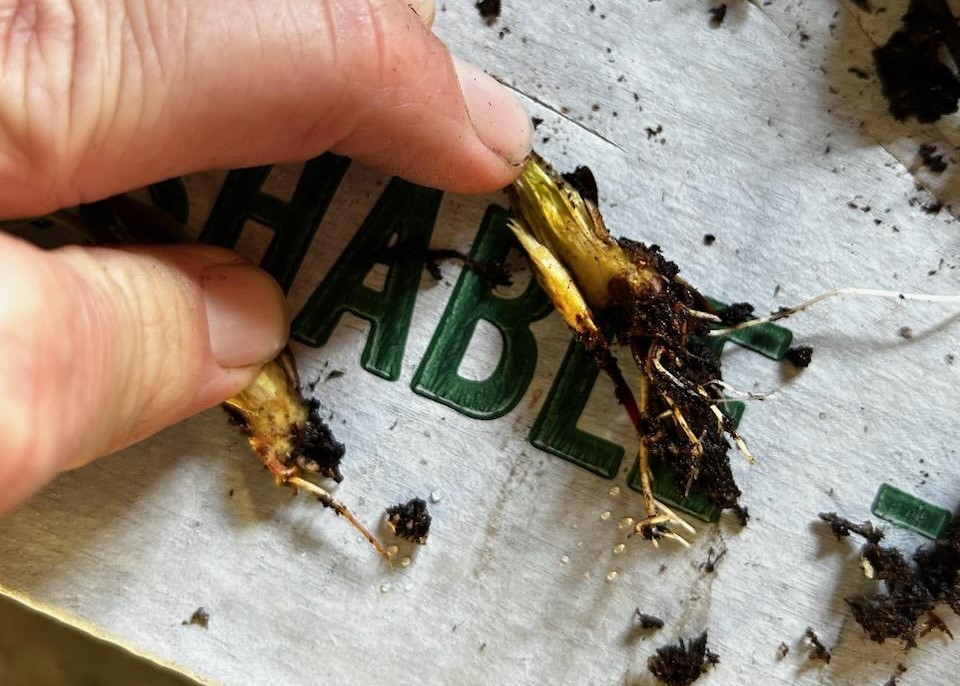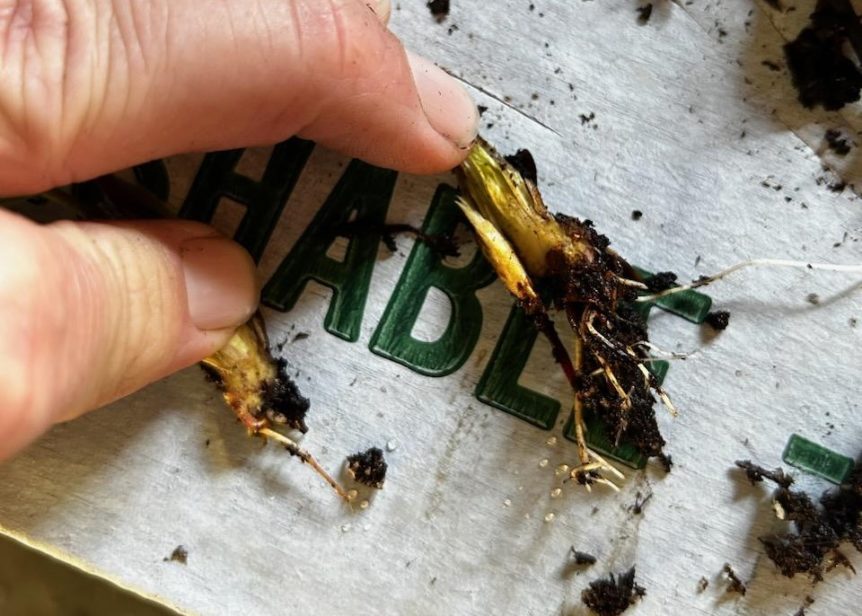Weekly Field Update
Clemson Extension agents provide updates in The South Carolina Grower this week about the status of various crops being produced throughout the state.

Coastal Region
Zack Snipes
- We are very dry in the Lowcounty and could really use a good rain to water our strawberries in. No mention of rain in the 10-day forecast unfortunately.
- We are finishing up planting our strawberries with pretty good weather to help them grow a bit. The lab has confirmed Phytophthora in our plugs. Growers need to consider using an oomycete specific product such as Ridomil Gold, Orondis Gold or one of the Phosphonate products (ProPhyte, Aliette, etc) to help manage this disease. Plants need to be actively growing and “set” before these products are applied.
Midlands
Rob Last
- Crops in the Midlands look very good with good growth and a range of products coming to market.
- Pest and disease pressure remains low, but continue to scout regularly as populations can quickly spike.
- I am observing low numbers of diamondback moth caterpillars in some fields, which are not currently widespread.
- The strawberry establishment looks promising at present with few issues.
Phillip Carnley
- Leafy greens are being harvested with great quality and quantity. There has been less feeding damage from diamondback caterpillar and an increase in looper and yellow striped army worm feeding. I have also seen a little bit of cutworm damage to fields that were transplanted late. Disease pressure has been very low with the main culprits being black rot and a very minimal amount of downy mildew.
- Strawberries are being quite slow to take root in parts of the Midlands. Most plants have been in the ground now for 1 to 2 weeks. During this time, soil moisture is critical and should be monitored frequently so transplants don’t dry out. If a preplant dip was not done, monitor plants closely for any signs of phytophthora or anthracnose, as well as any planting discrepancies like J-rooting or planting depth. Deer pressure and browsing are on the rise, so make sure to take adequate steps to keep them out.
- Squash are still hanging on but with increased disease pressure from powdery mildew and the occasional outbreak of downy mildew. These plantings are on their last leg and are recommended to be terminated.
Upstate
Andy Rollins
- Stinger is a selective post-emergent herbicide often used on strawberries. Its active ingredient is clopyralid. Many use it for controlling vetch. It has other weeds it controls, but many of them need to be controlled at a very early stage. You have to be careful with this herbicide, as it can hurt your plants if not applied correctly. Please do not spray this product with anything else in the tank. This would include fungicides, insecticides, and definitely no surfactant. Also make sure your sprayer is calibrated. Using a rate a little bit more than the labeled rate can be a major problem. Maybe even consider applying it below the labeled rate until you know you won’t cause damage. These plants should recover, but most growers really don’t want to see this. In the past, I have seen an accidental 2x application of this product stunt the crop so badly that some plants died, and none produced anywhere near where they should have. Stinger is a good herbicide. It just needs to be applied correctly.










